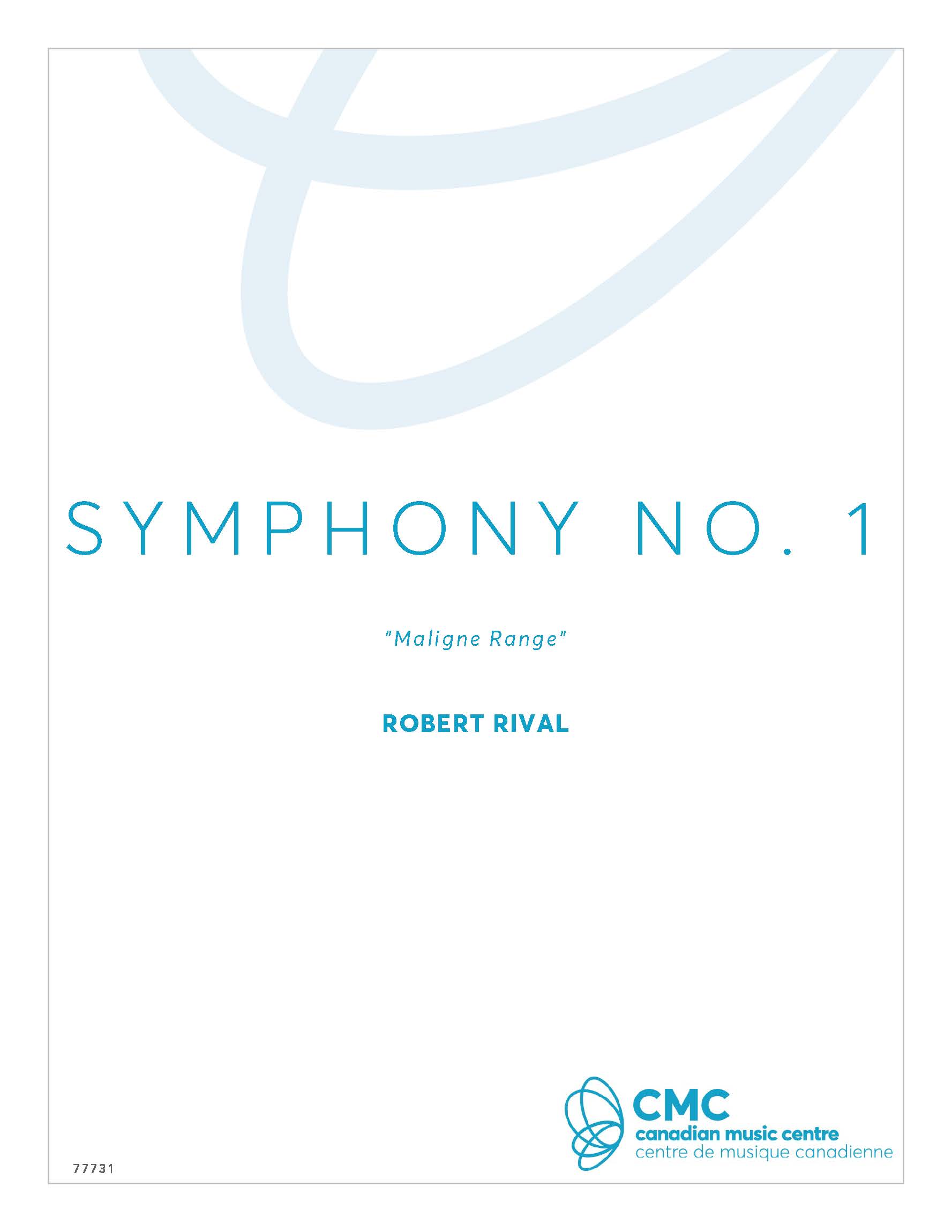In the summer of 2008, over two days, my wife and I hiked the Maligne Range (Skyline) trail,situated in the Canadian Rockies near Jasper, Alberta. The 45-km trail begins in a pine forest at Maligne Lake but soon rises above the tree line. From there it winds its way across two successively higher mountain passes. In between lies a sprawling meadow speckled with colourful flowers and criss-crossed by glacial creeks. At the halfway point, the trail switchbacks steeply to the very top of the range, a vantage point that affords spectacular views in all directions. But a storm set in just as we reached the peak. Unwilling to serve as lightning rods, we broke out into a run, finding shelter only as the trail drops off quickly on the other side of the range. The breathtaking views, ruggedness and diversity of terrain, whistling marmots and sense of isolation all left a strong impression on me. I was especially delighted to realize that the very topographical contour of the trail provides a basic plan for a large-scale sonata-form structure, one that builds up in waves of tension, culminating in a fierce storm at the top: the development. In a similar vein, after the stormy material subsides (as in Beethoven’s Sixth), the descent, recalling the ascent, but now abridged and in reverse order, serves as varied recapitulation. The result is a one-movement symphony in the tradition of Sibelius’s Seventh and Barber’s First. Essentially tonal, the harmonic language is enriched with polytonal accents, modal alterations, complex chords and the colouristic usage of collections and twelve-tone techniques. Polymetre, multi-stranded canons, metric modulation and controlled aleatoric techniques enliven the rhythmic plane. The work’s structure is organic, developed out of limited yet contrasting thematic material, with all programmatic elements assuming abstract structural roles. The symphony’s bright orchestration and rhythmic vitality is indebted to composers of the modern Russian school; its emotional sweep and extremes, to Shostakovich; the scoring and harmonic content of certain dissonant chords, to Varèse; and its sense of drama and breadth, to Beethoven and Sibelius. –R.R.

